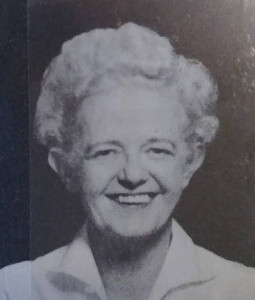The Columbia: Powerhouse of North America

Author:
Jean Lee Latham ![]()
![]() Complete Authored Works
Complete Authored Works
Map by: Fred Kliem
Publication:
1967 by Garrard Publishing Company
Genre:
History, Non-fiction
Series:
Garrard's Rivers of the World ![]() Members Only
Members Only
Series Number: 18
Pages:
96
Current state:
This book has been evaluated and information added. It has not been read and content considerations may not be complete.
Book Guide
Search for this book used on:
The Columbia, one of the mightiest rivers of North America, was not seen by white men until 1792. It soon became a center of the fur trade, with Great Britain and the young United States both seeking to rob the Indians of their lands. The United States was successful, but the river is shared today with Canada. The first 500 miles of the Columbia's 12,000-mile length are in the province of British Columbia.
Melting snows and glaciers send water down the Columbia in late spring and summer, when most other rivers are falling. The extra water makes an ideal source of hydroelectric power. The Columbia and its tributaries have been dammed again and again to produce electricity.
When settlers plodded west along the Oregon Trail, they found a semi-desert in the Columbia basin east of the Cascade Range. Today, water from the Columbia makes crops flourish on this once dry land.
There is drama in the history of every great river, and Jean Lee Latham has made the most of the Columbia's past. She tells how stubborn Captain Thorn of John Jacob Astor's ship, the Tonquin, paid with his own life and the lives of his crew for not listening to an Indian interpreter. She describes the hair-raising boat trip of Lieutenant Symons through the Columbia rapids in 1881. She tells of the famous headline written by Editor Rufus Woods of the Wenatchee World in 1918, TWO MILLION WILD HORSES! Seventeen years later the headline paid off when work began on the Grand Coulee Dam, the biggest piece of concrete that man had ever put together.
From the dust jacket
To view an example page please sign in.
Please sign in to access the type of illustrations and view more books with this type.
Content Guide
Please sign in to access all of the topics associated with this book and view other books with the same topics.
Please sign in to access the locations this book takes place in and view other books in the same location.
Please sign in to access the time periods this book takes place in and view other books in the same time period.
Find This Book
Search for this book used on:


